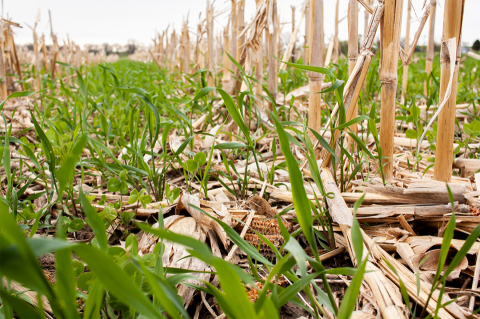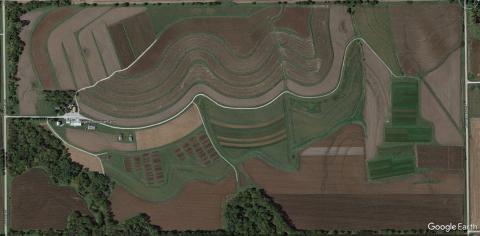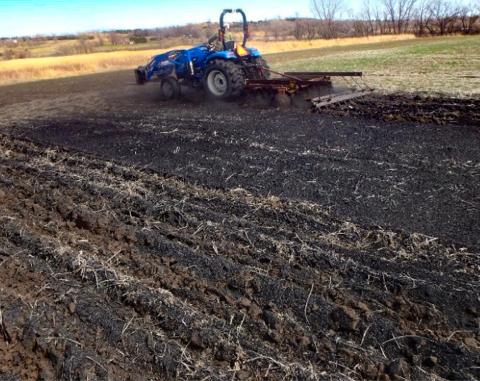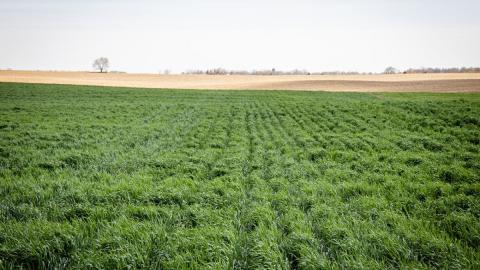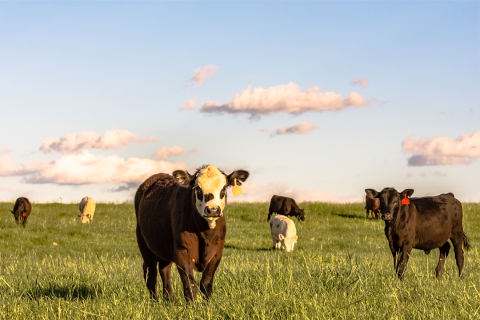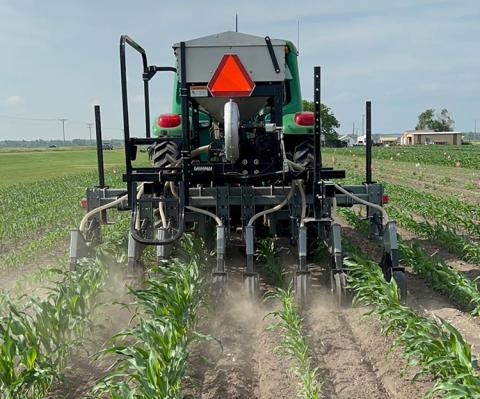National Cover Crop Survey Seeks Farm Advisor Insights
October 24, 2024
Professionals who help farmers in decision-making are encouraged to share their opinions and experiences on cover crop utilization to enhance ag programs, education, research and other industry initiatives.
This Week on N Field: Tips for Control of Herbicide-resistant Palmer Amaranth in Soybean
September 27, 2024
Nebraska Extension Weed Management Specialist Amit Jhala discusses the three basic principles that producers should adopt for maximum control of this persistent weed.
This Week on N Field: Termination Time of Cereal Rye Under Planting Green in Corn
September 20, 2024
In planting green scenarios, the timing of cover crop termination is critical for avoiding impacts to crop yield while maintaining optimal weed control.
2024 Cover Crop and Soil Health Field Day Kicks Off Sept. 17
September 11, 2024
The field day will feature demos and discussion on a wide array of cover crop and soil health practices by UNL faculty and extension professionals, including a statewide study on cover crop variety selection and performance.
Nebraska Field Experiments Investigate Biochar Impact to Soil Health and Crop Yields
September 10, 2024
UNL researchers are utilizing biochar and cover crops in environmentally sensitive Nebraska soils to identify the conditions under which biochar may benefit temperate regions.
Cover Crop Utilization, Implications for Cropland Lease Arrangements in 2024
August 23, 2024
The long-term environmental benefits of cover crops often extend beyond the duration of current lease agreements, leading to considerations in lease negotiations, particularly regarding rental discounts for tenants who plant cover crops.
2024 Forage Field Day Moving Online
August 1, 2024
The 2024 Forage Field Day webinar will feature discussion and interactive sessions on sustainable forage practices, optimizing forage quality and quantity, safe silage harvest procedures, alfalfa pests and more.
Early Season Interseeded Cover Crops in Corn and the Impact of Residual Herbicides
July 24, 2024
Results of a UNL-Bayer collaborative study that evaluated cover crop biomass production at different early season interseeding timings in corn and the impact of residual herbicide programs on cover crop establishment.
